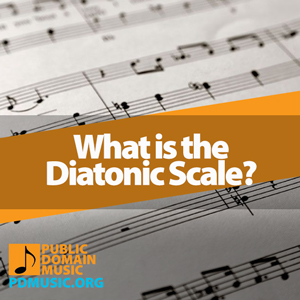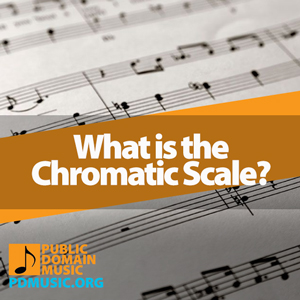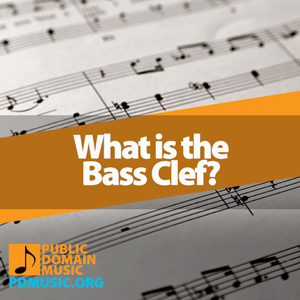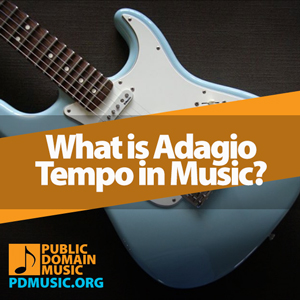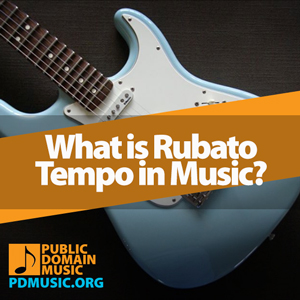Minor scales hold a special place in music theory, offering a contrast to the brightness of major scales with their depth and emotional complexity. This guide delves into the three main types of minor scales—natural, harmonic, and melodic—each contributing uniquely to the tonal landscape of music. Understanding these scales not only enriches a musician’s repertoire
Category: Music Theory
Major Scales: A Complete Guide
The major scale forms the cornerstone of Western music theory, serving as the bedrock upon which melodies, harmonies, and ultimately, entire compositions are constructed. Its ubiquity across genres—from classical masterpieces to modern pop anthems—underscores its fundamental role in music. This guide dives deep into the structure, characteristics, and applications of major scales, offering insights for
Diatonic Scales: The Complete Guide
The diatonic scale is a foundational element in the study of Western music theory, underpinning the construction of melodies, harmonies, and the broader framework within which music is composed and understood. This comprehensive guide delves into the diatonic scale, exploring its structure, history, types, and applications in music, offering insights for musicians, composers, and music
Chromatic Scales: A Complete Guide
In the vast universe of music theory, the chromatic scale holds a unique place. Unlike the diatonic scales, such as the major and minor scales with their whole and half-step intervals creating distinct tonalities, the chromatic scale encompasses all twelve pitches found within an octave, each separated by a half step. This comprehensive guide explores
Bass Clef: A Complete Music Theory Guide
The bass clef, an essential symbol in the lexicon of music notation, serves as a foundational guide for reading and writing the lower registers of musical pitch. Often seen as the counterpart to the treble clef, which represents higher note ranges, the bass clef is indispensable for musicians, composers, and arrangers who delve into the
Alto Clef: A Complete Music Theory Guide
In the realm of music theory and notation, the alto clef occupies a distinctive position. Known for its unique placement among the various clefs used to notate music, the alto clef is essential for musicians, composers, and music scholars alike. This guide delves into the alto clef, exploring its definition, historical context, associated instruments, and
What Does Adagio Mean in Music?
In the realm of music, tempo plays a pivotal role in shaping the emotional and structural framework of a composition. Among the various tempo markings that guide musicians, “adagio” stands out for its ability to evoke a profound sense of calmness and introspection. This article delves into the essence of adagio, tracing its etymological roots,
What Does Allegro Mean in Music?
In the vast and intricate world of music, terminology not only serves as a bridge between the composer’s intentions and the performer’s interpretation but also enriches the listener’s understanding and appreciation of the art form. Among these terms, “allegro” occupies a central place, guiding musicians to the heartbeat of a composition. This article delves into
What Does Rubato Mean in Music?
Rubato is a musical term deriving from the Italian word for “stolen,” fully known as “tempo rubato,” meaning “stolen time.” It refers to the expressive and rhythmic freedom by slightly speeding up or slowing down the tempo of a piece at the discretion of the soloist or conductor, without altering the overall pace. Rubato allows
What Is The Musical Term For Fast?
The musical term for “fast” is Allegro. Allegro is used in sheet music and musical notation to indicate a quick, lively tempo. It’s one of the most common tempo markings in music, suggesting that the piece should be played in a brisk and cheerful manner. Derived from the Italian word for “cheerful” or “lively,” allegro



